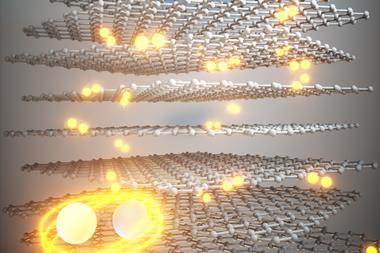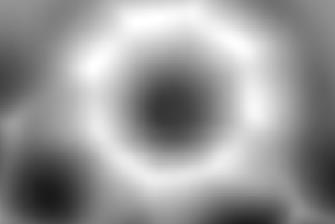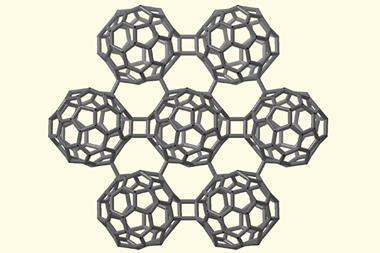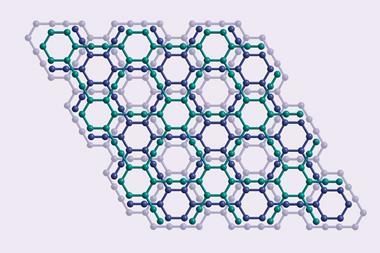We have Jöns Jacob Berzelius to thank for allotropes. He first coined the term in the early 19th century to signify that two forms of the same element (or compounds with similar compositions) could be different, such as monoclinic and rhombic sulfur. At times, the concept has been mocked. Victorian economist William Stanley Jevons, for example, wrote in his 1874 book Principles of Science ‘Both sulphur and selenium may be thrown into several curious states, which chemists conveniently dispose of by calling them allotropic, a term freely used when they are puzzled to know what has happened’. But it has also been re-examined as our chemical understanding has evolved and the International Union of Pure and Applied Chemistry (Iupac) defines allotropes as simply ‘different structural modifications of an element’.
Some elements have many allotropes. None more so than carbon whose sp1, sp2 and sp3 hybridised bonding options mean it can exist in a vast number of arrangements. As Andy Extance explains in our fourth 20th anniversary article, discoveries surrounding the structures and properties of fullerenes, carbon nanotubes and graphene ignited a rush of research into new forms of pure carbon. When Chemistry World was publishing its very first issues, an explosion of new carbon allotropes and exotic nanocarbons was just over the horizon. The most recent carbon allotropes to be realised include graphullerene – which the team who made it dubbed graphene’s superatomic cousin – and a series of cyclocarbons.
One carbon allotrope that seems to be especially elusive is a chain of sp-hybridised carbon atoms known as carbyne. Synthesising this linear structure in a well-defined form is proving to be both difficult and dangerous. Theoretical models suggest carbyne will be much stiffer than diamond, have a band gap that is sensitive to pressure and be able to switch from a semiconducting to a metallic state. Such big incentives have inspired synthetic chemists to get creative, for example, by using multiwalled carbon nanotubes as nanoreactors. But undisputed evidence that carbyne can exist as a pure bulk material is still lacking.
Another issue surrounding carbyne is whether it counts as an allotrope at all. Marc Monthioux, writing in Carbon Trends,1 says no – allotropes should be able to assemble into periodic structures. So cyclocarbons, fullerenes and carbon nanotubes should also be stripped of the title.
The logic behind Monthioux’s argument is reasonable but given chemists – not to mention Wikipedia and other public sources of information – use the term allotrope pretty loosely, I think it’s unlikely to gain much traction.
References
1 M Monthioux, Carbon Trends, 2024, 14, 100325 (DOI: 10.1016/j.cartre.2024.100325)

















1 Reader's comment